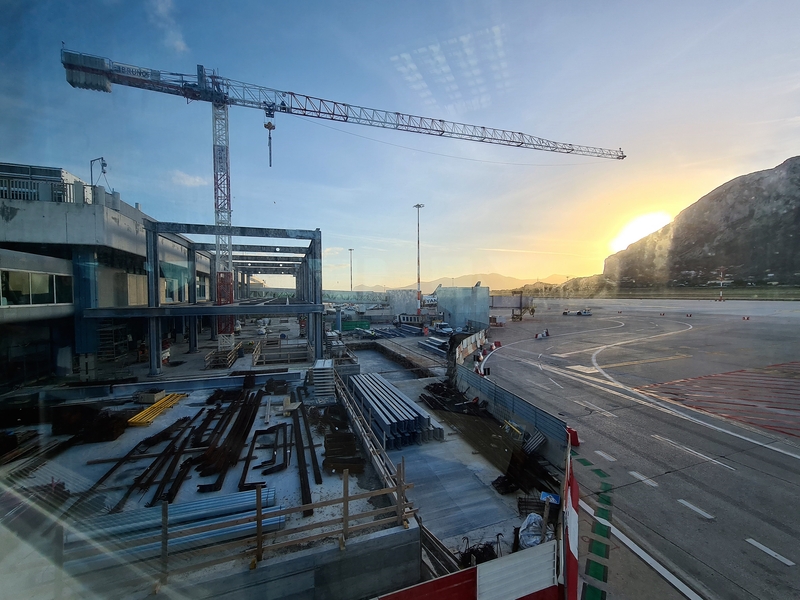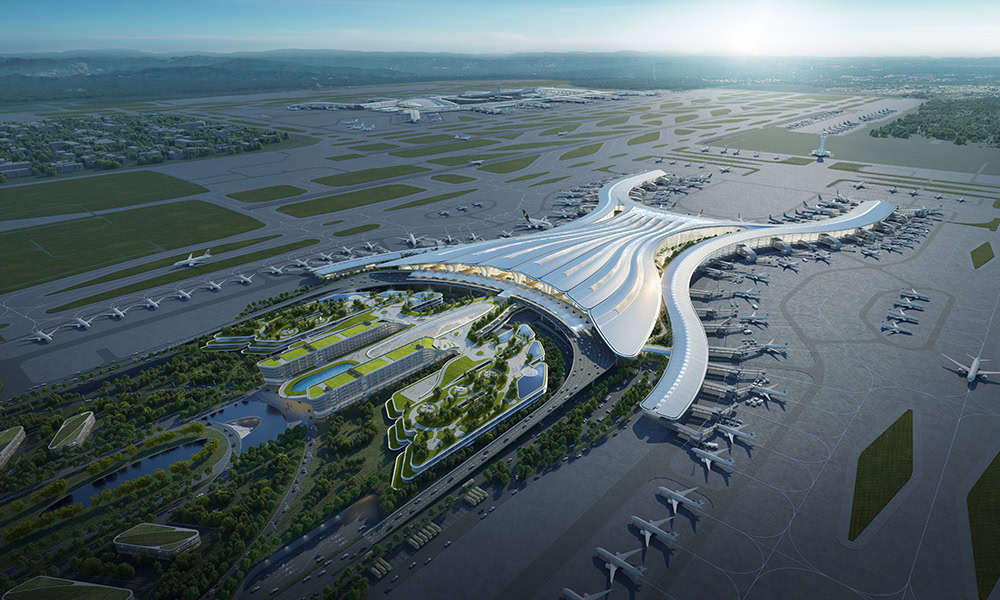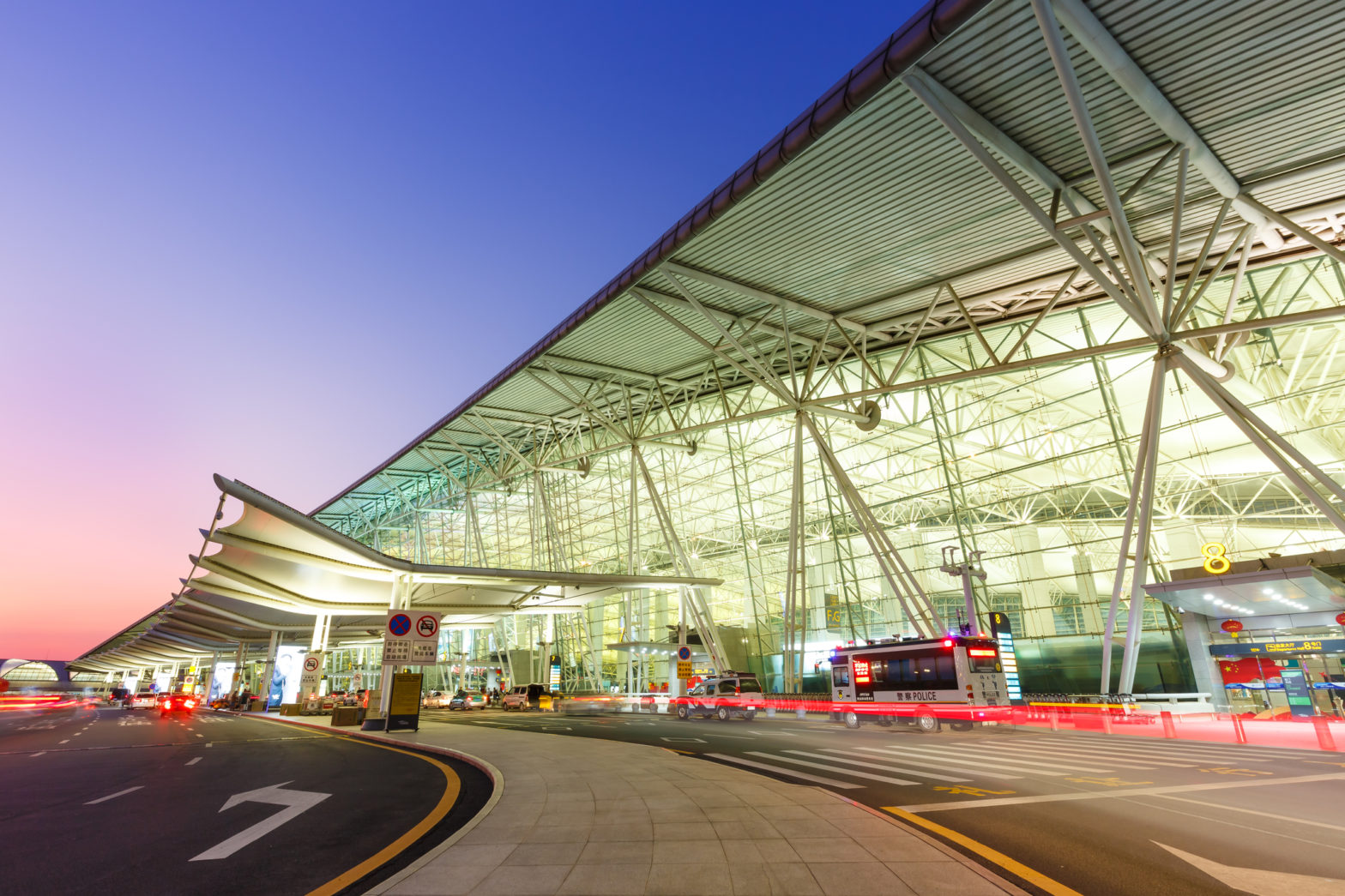
Why airports must make projects visible to everyone
17 November 2025
By Leif Johnson, Industry Solutions Director – Transportation at Bentley Systems
Airports are some of the most complex public assets to plan, build, and operate, yet the people who need to understand what is happening across projects often lack a clear view. Executives receive fragments of information. Architecture, engineering, and construction (AEC) partners work in different systems. Departments rely on spreadsheets. The travelling public sees hoardings and disruption without context.
Visualisation and transparency are now essential to how airports plan, communicate, and deliver. They are no longer “nice to have”. They are becoming vital to stakeholder alignment, risk reduction, accountability, and trust.
A shared visual language for airports and AEC partners
Airports depend on diverse AEC partners to design, build, and maintain assets. Collaboration succeeds when everyone can clearly understand design intent, project impacts, and progress. Visualisation provides that shared language.
When information is presented visually, airport teams can immediately see how multiple projects interrelate, where they overlap, and how decisions in one area affect others. This supports alignment across departments and enables leaders to make confident, timely decisions.
For AEC firms, shared visual environments act as a neutral space for collaboration. Reviewing models together early helps set expectations, prevent misunderstandings, and ensure the built result matches what was intended. Comparing planned versus actual progress visually also makes it easier to spot issues early and intervene before they escalate.
The data foundation behind transparency
Visualisation only works if the underlying information is accurate, structured, and accessible. Historically, project handover was paper-based and unstructured, with documents and drawings stored away and rarely used.

Digital delivery has changed this. Intelligent models now support the full lifecycle, linking design and construction through to operations and maintenance. Data is structured and connected to geometry and geospatial context so it can be reused, not lost.
This requires data standards and governance. Consistent information enables teams to share and reuse data across organisations. And because multiple firms use different authoring tools, airports need an agnostic approach to bring all data into a single visual environment. When everyone works from the same structure, transparency becomes meaningful and decisions are based on shared facts.
Transparency reduces risk and rework
With so many interdependent projects running in live operational environments, airports are vulnerable to costly rework. Limited visibility across programmes can lead to clashes that are only discovered during construction, when fixes are expensive and disruptive.
Shared visual project environments help prevent this. When every partner can see the implications of decisions and track progress in one place, issues are identified earlier. The result is fewer surprises, smoother delivery, and reduced cost and schedule risk.
Lessons from the Pau
The French city of Pau offers a powerful example of what visual transparency can achieve. Known for its protected views of the Pyrenees, Pau– using Bentley Systems–created a digital twin of the entire city to support planning, operations, and community engagement. When presenting major projects such as the “Rives des Gaves” and the Boulevard des Pyrénées, officials didn’t rely on dense reports or static drawings. Residents explored the proposals in 3D, seeing exactly how plans would integrate into the landscape without compromising the skyline.
This level of openness transformed public engagement. The digital twin helped people understand the benefits, enabling the city to build trust and secure support even when short-term disruption was unavoidable.
Equally important was how Pau used the digital twin across departments and agencies. More than 20 municipal teams and partners collaborated in one environment to simulate traffic changes, coordinate utilities, model designs, and manage sustainability. Information was shared in real time, so everyone made decisions based on one source of truth. The same platform supported efficient handover between contractors and city teams, ensuring continuity.
Airports can apply the same principles. Major capital programmes require alignment not only with AEC partners but with regulators, city authorities, transport agencies, utilities, and environmental bodies. Digital twins enable airports to demonstrate compliance visually, accelerate approvals, and maintain public trust by showing communities the future airport in a way they can understand.
The next step: simulation for live decisions
Visualisation is evolving beyond design and construction. Airports can now simulate passenger flows, terminal capacity, and the impact of operational decisions. As AI and processing power grow, airports will be able to run scenarios instantly–modelling gate changes, delays, or surges–and act proactively rather than reactively.
A more transparent future
Airports must engage three critical audiences: the public, AEC partners, and internal decision-makers. Visualisation creates a shared understanding and a common reference point that connects these worlds. It builds trust, reduces rework, accelerates delivery, and turns complex programmes into shared journeys rather than imposed disruptions.
Airports that embrace transparency now will set a higher standard for how major public assets are communicated, approved, delivered, and experienced.
Main image: Massimo Brucci | Dreamstime.com








